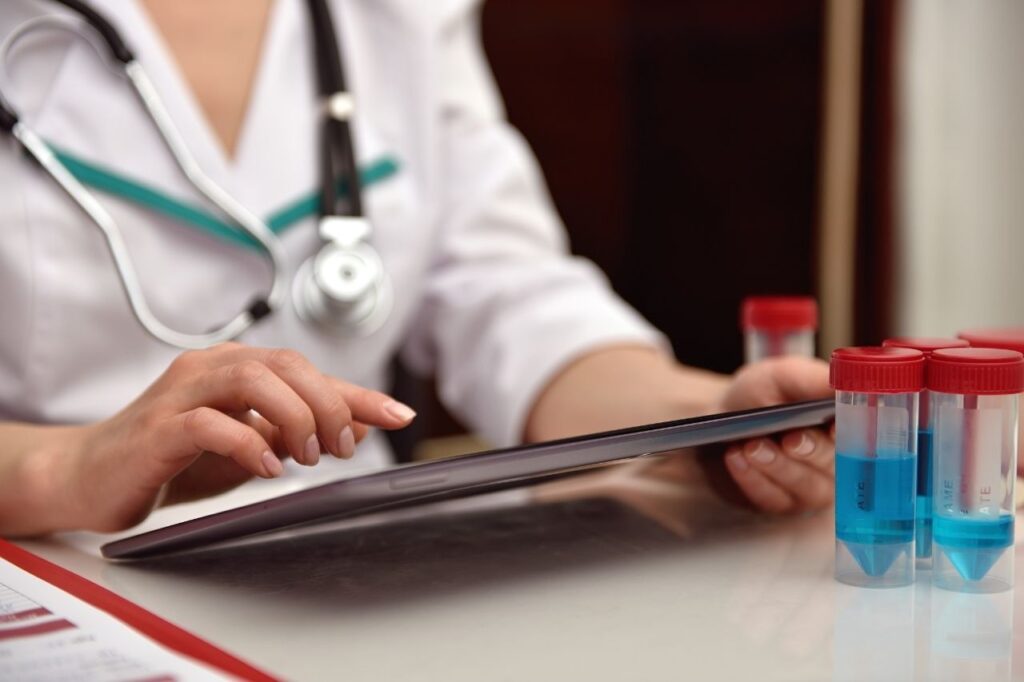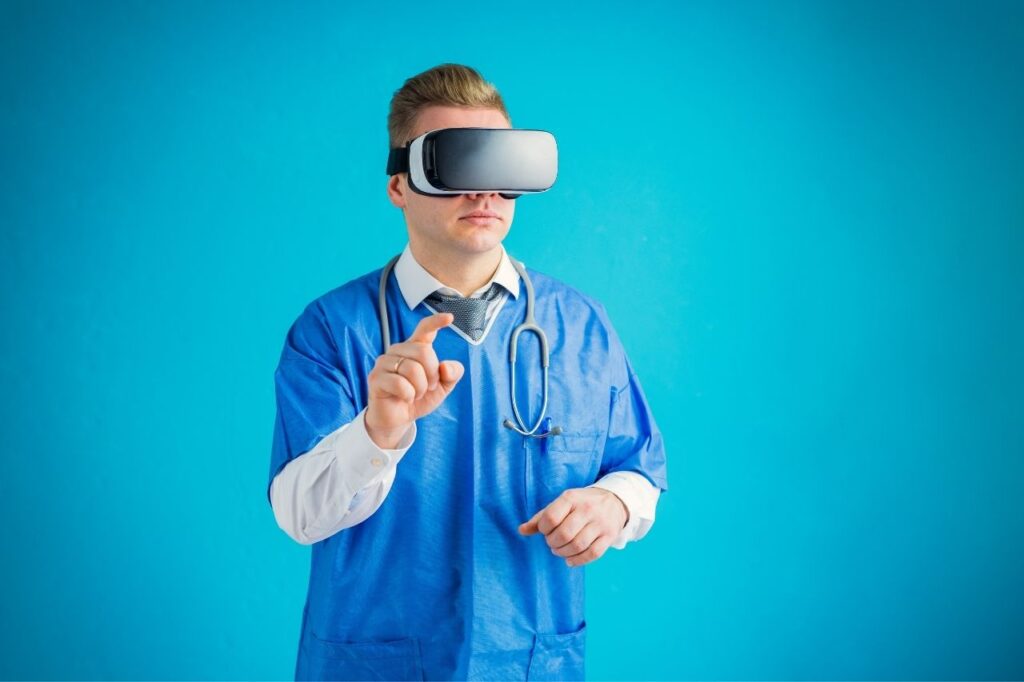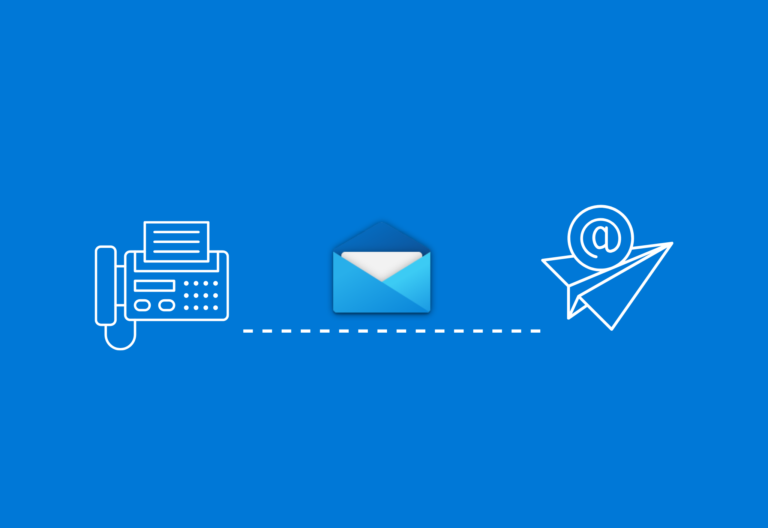The future of communication in medical and healthcare is on the cusp of some radical changes. For years, doctors have prescribed drugs via mail or during your appointment, but now there’s a push for even more excellent medical communication.
Virtual reality headsets like Oculus Rift could one day allow people to visit doctors thousands of miles away using video conferencing technology. There’s already a surgeon’s simulation game available that will bring the emergency room to virtual reality at your place.
Furthermore, there will be increased functionality through wearables that monitor vitals like pulse rate and blood pressure and could become the key to unlocking medical records.
Through smartwatches and trackers, consumers and patients access basic vital stats such as oxygen level, heart rate, blood pressure, and more.
However, everything else is still nascent, and many companies are creating more apps and technologies to make healthcare practice efficient. For example, there’s an AR app now that can scan the exact layout of the patients’ veins for easy injection.
Table of Contents
Understanding Communication in Healthcare During the Pandemic
Doctors and medical professionals are relying more on smartphones and devices for communication these days. The COVID-19 pandemic has also changed the way they interact with patients.
But privacy issues are also one of their concerns as they use these devices online. According to Spok survey, 79% of healthcare organizations use smartphones 63% use tablets, and 49% use in-house pagers as communication tools.
Budget constraints and gaps in IT knowledge are the biggest challenges that healthcare organizations face that impede them to upgrade or advance their communication tools. 82% of the healthcare professionals are also concerned about the PHI and data being communicated via unsecured technologies and personal communication tools.
Email remains the preferred communication tool among hospitals and health systems whereas secured messaging comes next, and other tools for their virtual conferencing.

Communication Tools and Solutions in Healthcare that Will Continue
The healthcare industry is often slow to adopt changes, mainly because of the severe consequences of failing to adhere to the standard of care. This is especially true when it comes to communication. While many physicians are still writing prescriptions on paper and fax machines continue to be used throughout the United States, some hospitals are adopting technology that communicates through voice recognition software and chat boxes.
The future of communication in healthcare will have these new technologies that help patients better communicate with their doctors directly without having to wait days for an office visit or even talk face-to-face. They also provide more information, like sending pictures of rashes or explaining general symptoms that can help expedite the diagnosis process.
The future of communication in healthcare will rely on technology that makes it easier for healthcare professionals to gather information faster, provide quicker diagnoses, and give patients a way to communicate more easily with their providers.
1) Voice recognition software helps patients communicate with physicians quickly and efficiently so they don’t have to wait days for an appointment.
2) Doctors have begun using these chat boxes as well for real-time communication with other doctors and nurses. This helps to streamline care as well as reduces the risk of human error that can be brought about by miscommunication such as medication dosage errors or incorrect diagnoses.
3) Virtual reality allows patients to experience and visualize what they are going through when describing their symptoms to their doctors in order to expedite the diagnosis process.
4) HIPAA-compliant EHR and EMR solutions provide a more efficient system of relaying information that reduces the risk of human error.
5) Online faxing services eradicated the need to use a traditional fax machine, but instead allows doctors to fax medical records and prescriptions online, speeding up the process for the patient to receive the medications.
iFax, for example, is one of the most trusted online faxing services that healthcare professionals use to send and receive faxes online without printing the documents. What’s amazing about this service is that it’s available on mobile devices and computers, making it more convenient for anyone to fax sensitive information.

Artificial Intelligence in Healthcare
According to PwC, the future will rely heavily on improved technology within healthcare systems. For example, artificial intelligence can help identify trends and offer possible scenarios for each patient based on their history. This sort of technology will take time to develop, but once mature should be able to improve health outcomes and safety protocols significantly.
Of course, nothing will replace face-to-face interaction between patients and doctors, but augmented reality tools are becoming increasingly available, which could allow professionals working with far-flung teams to provide much better care to patients. The pandemic has accelerated the adoption of artificial intelligence, and cloud technologies are also helpful in improving the services and systems.
Virtual Reality in Healthcare
The potential applications of virtual reality are truly endless, especially now that Oculus and HoloLens are being used in the medical key technology applications. As VR becomes easier to use and more widely adopted, there will be new roles created for people with expertise working with it. This is one of the exciting developments in the future of communication in healthcare.
A key point about all these new technologies is they often replace jobs at the bottom of the skill ladder (e.g., repetitive tasks) while creating new jobs at the top of the skill ladder (creating better tools for all kinds of people).
Healthcare professionals are focused on telemedicine, but there are lots of other areas where VR can be used in healthcare. Surgery is one obvious example – using VR to put the surgeon “in the room” during training or putting a new clinician at an expert’s side so they can see what she sees and get immediate guidance on how to proceed.
Even more broadly, virtual reality will be an incredibly useful tool for medical education, allowing trainees to practice their skills far more often than they do today without worrying about harming patients by making mistakes. And of course, mental health applications like PTSD treatment are another area with huge potential that has yet to be fully explored.
Final Thoughts on the Future of Communication in Healthcare
The use of these communication tools and solutions will continue to grow as the healthcare industry evolves. This, in turn, may lead to a greater need for artificial intelligence and virtual reality applications.
Healthcare organizations are not immune to the effects of this pandemic. They must be equipped with communication tools and solutions that will aid in their ability to continue providing healthcare services for patients during times when there is a shortage of personnel or resources.
This article has highlighted some innovative tools and strategies, including artificial intelligence (AI), virtual reality (VR), and more.
Expect that the future of healthcare communication will still involve using smartphones and tablets for efficient practice in clinics and hospitals. Doctors and healthcare professionals will still rely on these apps as expected. Therefore, the use of online faxing services will also remain.
Fortunately, there’s a HIPAA-compliant mobile faxing app like iFax that you can use for faxing medical records, PHI, and other sensitive data online. It also helps you maintain contact with other health care facilities while also protecting patient information and privacy.







